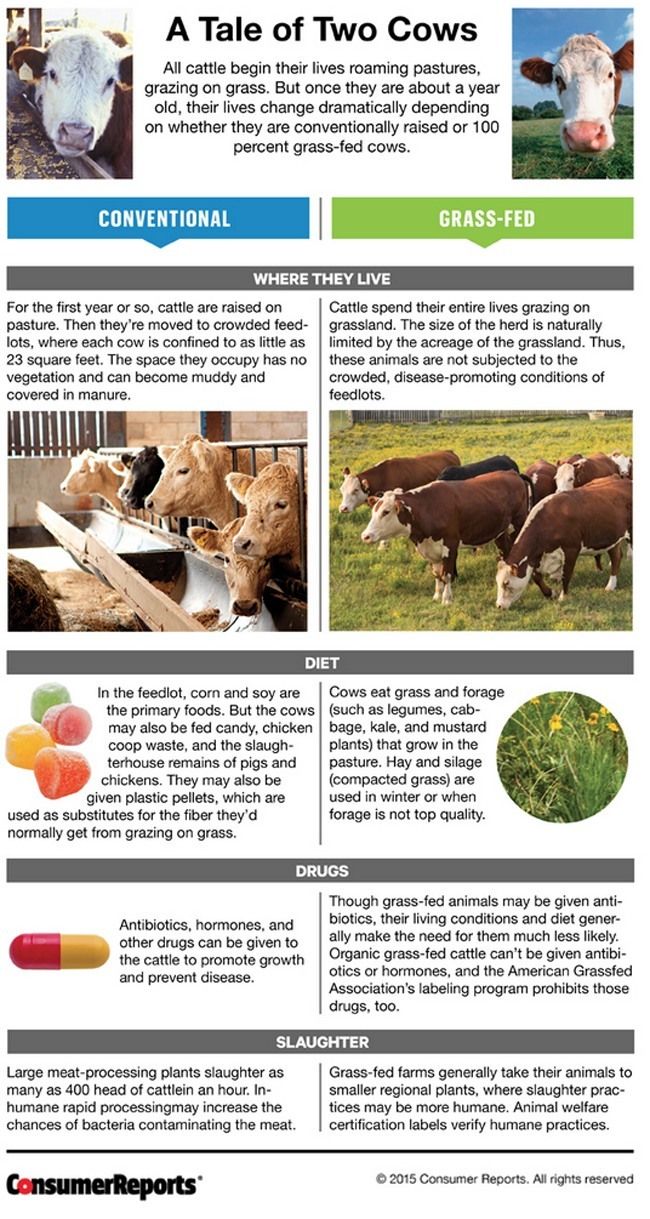

Just in time for Labor Day cookouts, Consumer Reports found that eating undercooked ground beef might leave you very sick. According to the organization’s investigation, supermarket ground beef can harbor superbugs, or antibiotic-resistant strains of bacteria. Oh, and almost all store-bought varieties likely contain fecal matter. Meanwhile, the meat industry and the U.S. Department of Agriculture (USDA) denies any harm.
Drug-resistant bacteria found in 18% of burgers from conventional meat http://t.co/dDgf0oRlIF #buybetterbeef pic.twitter.com/Iwd47ymWlH
— Consumer Reports (@ConsumerReports) August 25, 2015
Consumer Reports tested 300 packages of raw ground beef—conventionally and sustainably produced (meaning no antibiotics, organic or grass-fed)—from 100 food stores around the country, and “the results were sobering.”
Here’s what the team found:
- All 458 pounds of beef examined contained bacteria that signified fecal contamination (enterococcus and/or nontoxin-producing E. coli), which can cause blood or urinary tract infections.
- About 20 percent contained C. perfringens, a bacteria that causes almost 1 million cases of food poisoning annually.
- 10 percent of the samples had a strain of S. aureus bacteria that can produce a toxin that can make you sick. That toxin can’t be destroyed—even with proper cooking.
- 1 percent of the samples contained salmonella.
- On three conventional samples (and none on sustainable samples), the team found an antibiotic-resistant S. aureus bacteria called MRSA (methicillin-resistant staphylococcus aureus), which kills about 11,000 people in the U.S. every year.
While some percentages, such as the incidence of salmonella, sounds very little, Urvashi Rangan, Ph.D., executive director of the Center for Food Safety and Sustainability at Consumer Reports pointed out that if we “extrapolate that to the billions of pounds of ground beef we eat every year, and that’s a lot of burgers with the potential to make you sick.”
It comes as no surprise that sustainably produced ground beef contained less harmful bacteria. “Conventional beef was twice as likely to be contaminated with superbugs than was all types of sustainably produced beef,” the report said.
The biggest difference, the team found, was between conventional and grass-fed beef: only 6 percent of grass-fed samples contained superbugs.

“We know that sustainable methods are better for the environment and more humane to animals. But our tests also show that these methods can produce ground beef that poses fewer public health risks,” Rangan said.

 233k
233k  41k
41k  Subscribe
Subscribe 